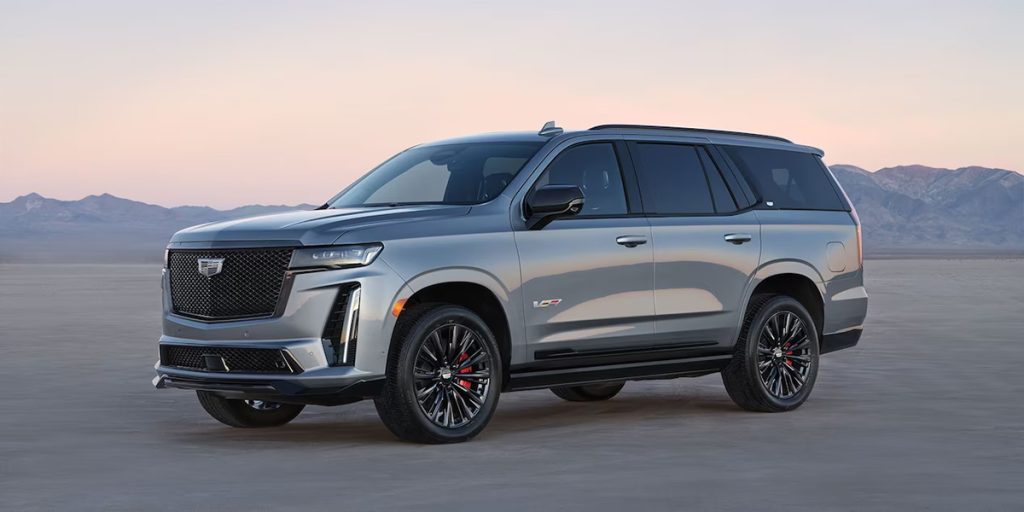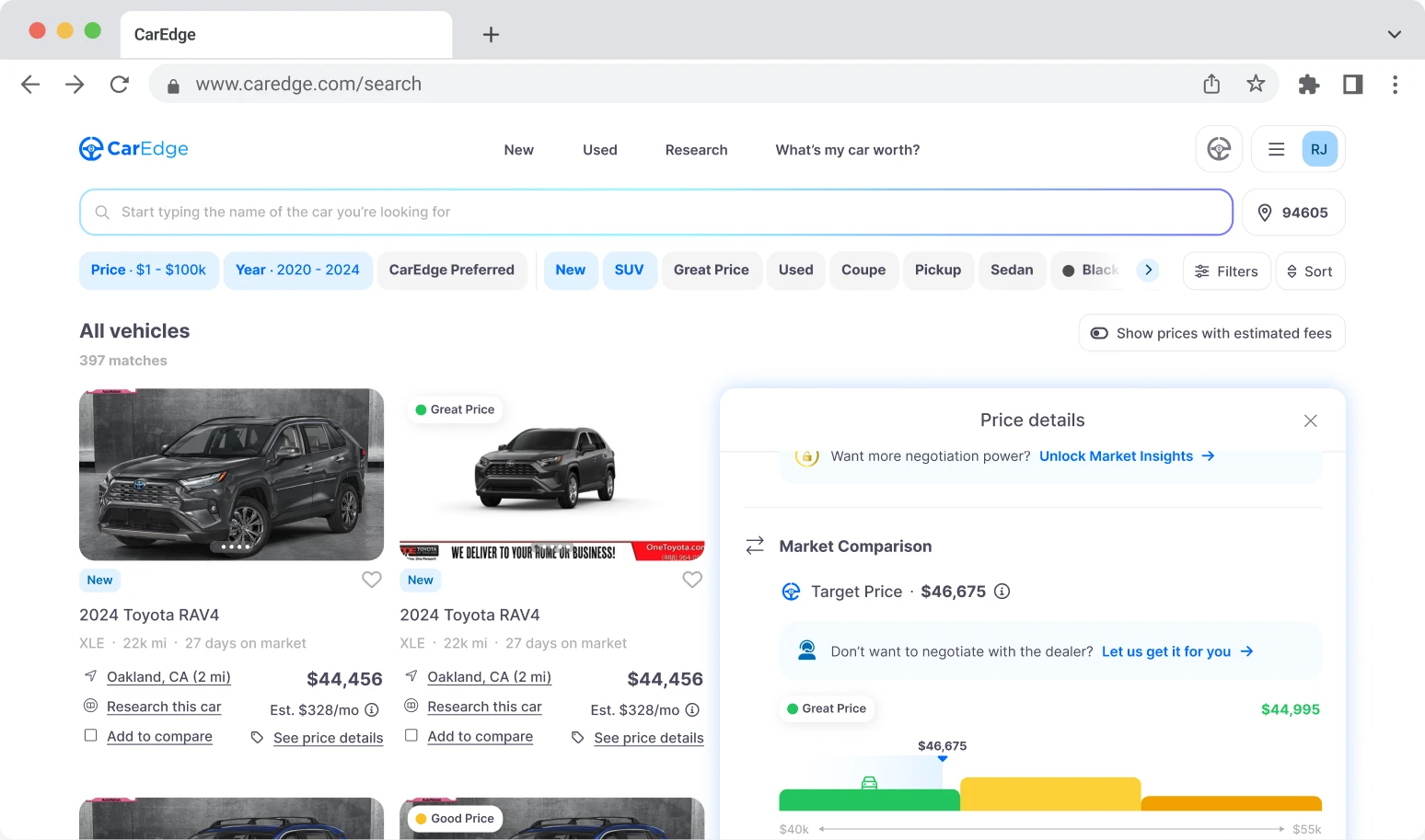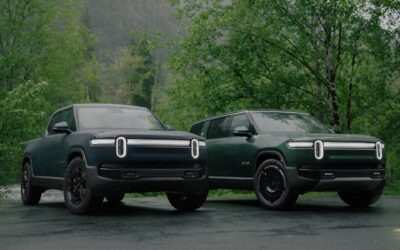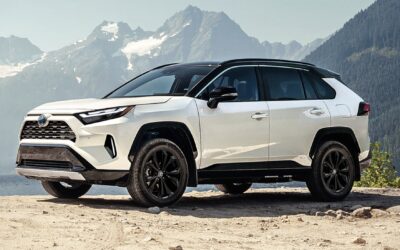Spring is shaping up to be an interesting season for new car buyers. Tax refunds are giving consumers extra cash to put toward a purchase, yet overall consumer confidence has dipped as tariffs make headlines. Meanwhile, inventory levels continue to climb, and new car prices are on a downward trend. For car buyers looking to get the best deal this spring, knowing which brands have the most and least inventory is crucial.
Here’s where the car market stands as buyers head out for test drives this spring.
New Car Inventory Continues to Rise
As of March 2025, the total U.S. supply of unsold new vehicles stood at 2.99 million units, marking a 12.8% increase in inventory year over year. Cox Automotive’s latest Data Point reports that February’s new car sales pace picked up by 13.6% compared to January and 5.9% year over year. The latest car buying report shows that buyers are still making moves despite sliding consumer sentiment.
Overall inventory levels remain high, with an 89-day supply of new cars at the start of March. That’s a notable 10% drop from February but still well above pre-pandemic levels. The takeaway? There are more cars on dealer lots, giving buyers better negotiating power. It’s officially a buyer’s market. Incentives will be on the rise as April new car deals are announced in the weeks ahead.
Where Are the Best New Car Deals Today?
It’s important for spring car buyers to know that the deals are in the details. The new cars with the biggest discounts and highest negotiability are those with a growing oversupply. Fortunately, online car buying tools make it possible to find the most negotiable cars and trucks, all from the comfort of your home.
Not all brands are facing the same inventory trends. Hyundai inventory has risen the most, up 38 days year over year, while Jeep and Ram have declined the most, down 54 and 56 days, respectively. Among top-selling brands, Ford has the most inventory in March, with 138 days of supply sitting on dealer lots. In other words, it would take over four months to sell Ford’s lot inventory at today’s selling rates. This fictional scenario would be without any new deliveries from the factory.
Here’s a look at how all of the major OEMs in America stack up in terms of today’s supply of new cars. For context, anywhere from 60 to 90 days of supply is generally considered ‘normal’ in today’s auto market.

Despite falling inventory, Jeep, Ram, and other Stellantis brands remain near the top of the list. Automakers with greater than 120 days of market supply are going to consistently have the best new car deals this spring. Buyers looking for a Ford, Hyundai, Nissan, or Jeep are likely to have the upper hand in car price negotiations. This is especially true when using car buying tools to find aging inventory that has been on the market for longer.
Luxury Sales Soar As Budget Options Dwindle

In Spring 2025, the average new vehicle listing price now sits at $48,316. In the post-pandemic K-shaped economic recovery that has continued, buyers of ultra-luxury models continue to thrive, while budget-conscious drivers struggle with a lack of options.
Cox Automotive noted that luxury sales are thriving, despite waning consumer sentiment. “Through the end of February, more than 52,000 new vehicles transacted at prices above $100,000, up from 46,000 in the first two months of 2024. Five years ago, in January and February of 2020, just over 12,000 six-figure vehicles were sold.”
The best-selling car brands in America do share something in common: relative affordability.
The six best-selling brands — Toyota, Ford, Chevrolet, Honda, Hyundai, and Kia — offered an average price of $42,524, making them more affordable than the overall market.
For budget-conscious buyers, the market for sub-$20,000 vehicles is shrinking fast. Available inventory in this segment dropped 17% month over month, leaving the Mitsubishi Mirage as the last new car routinely selling for under $20,000. The Nissan Versa ($20,149 average listing price) and Kia Forte ($22,085 average listing price) remain some of the most affordable options still widely available. The Kia Forte has been replaced by the Kia K4 for 2025, and unsurprisingly, comes with a higher price tag.
In 2025, the auto market has seen a 9% increase in vehicles priced over $80,000. More than 75,000 new vehicles are now listed at over $100,000, compared to fewer than 50,000 a year ago. Clearly, the luxury car market is growing, while those who rely on affordable transportation options are priced out of the market entirely.
Is Spring 2025 a Good Time to Buy?
With incentives holding steady at 7.1% of the average transaction price ($3,392), buyers can still find opportunities this spring. Higher inventory levels mean dealers are more motivated to negotiate, especially for brands with surplus stock like Ford, Hyundai, Nissan, and Jeep. However, potential policy changes, including the impacts of tariffs, could impact pricing later in the year as 2026 models are unveiled.
March and April of 2025 present a mixed bag for car buyers. If you’re looking for a deal, focus on automakers with higher inventory levels. Find aging new car inventory that’s primed to sell at a discount. These will always be the most negotiable cars. If possible, take advantage of the best financing, cash, and lease incentives of the month. If you don’t see what you’re looking for, consider waiting for April’s best car deals to be announced. Deals change often, and you could end up saving thousands of dollars.
With negotiation know-how and familiarity with your local car market, you’ll be prepared to drive home a deal you can be proud of in no time.













0 Comments